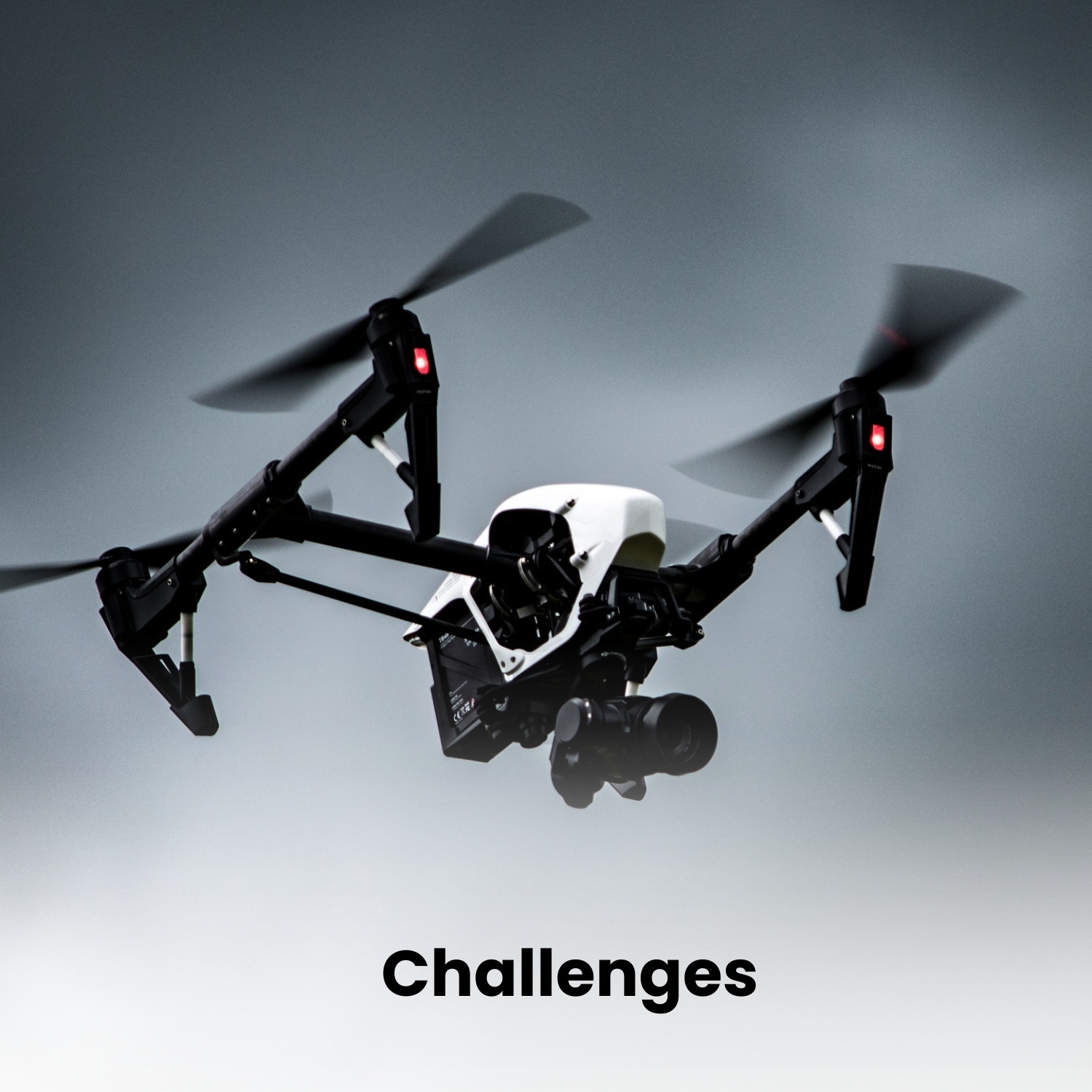
Airports are important hubs of activity where safety and efficiency are important. Airports are always busy with people and planes, so by making sure everything runs smoothly, safety needs to be the first priority. In this article, we’ll explore how drones are being used in aircraft operations, the benefits they offer, and the challenges we need to overcome to use them.
Runway and Taxiway inspections: Drones can perform detailed inspections of runways and taxiways, where they identify cracks, damages, and hazards. This reduces the time when runways are closed for inspections, which helps to maintain flight schedules.
Security: Drones maintain security by monitoring the airport boundaries. They can quickly respond to breaches, thefts, unsuspicious activity, and unauthorized entries, which ensures a safer environment.
Emergency response: In cases of emergencies, drones can provide awareness to emergency responders to assess situation. They can also deliver medical supplies and other items.
Safety: Drones reduce the need for human presence on active runways, and high structures reduce the risk of accidents and injuries.
Increased efficiency: Drones can perform tasks much better than traditional methods. A drone can inspect the runway in a fraction of the time, whereas the ground crew takes an hour, which allows the airport to maintain operations without delays.
Cost savings: Using drones for inspection can lower operational costs by reducing the need for ground crew, which reduces the time for inspection.
Data collection: Drones are equipped with sensors and cameras that can collect high resolution data that provides a detailed inspection of airport infrastructure.




Technology: Collaborating drone operations with existing airport systems requires technology and coordination. The communication and data sharing between drones and airport systems should follow a proper protocol to avoid any miscommunications.
Security risks: Where drones provide security, they also impose risk if not properly managed. Unauthorized drone activities need to be monitored and reduced effectively.
AI: The collaboration of AI with drone technology will enable wildlife management, and data analysis that improve overall airport operations.
Advanced automation: Future drones will be automated and they would be able to work on their own, where they can handle complex tasks with minimal human help, that further improves safety and efficiency.